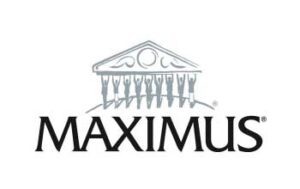By: Eric Johnson, CEO and President
Many managers believe they know everything going on with their employees in their call centers. They usually go on to say “If anyone is getting ready to leave, I would know.” This might be partially true if the call center is of a small enough size and the manager does essentially nothing else. Other managers practice “management by walking around, which involves managers wandering around, in an unstructured manner, through the workplace(s), at random, to check with employees, or equipment, about the status of ongoing work.”[1] Practically speaking it is not possible or cost effective to rely on these strategies for fighting attrition.
Both of these approaches are “unstructured.” They are interactions without context. For example, you ask someone how they are doing and they tell you “fine” or how happy they were the Broncos were winning. Neither of these responses are particularly helpful in getting at what is really happening with the employee. Although these conversations are an essential part of the work environment, their usefulness in combating attrition is minimal at best and rely on your attentiveness in a busy day.
The reason is simple – Social interactions around workplace issues and employee performance is difficult and perceived as conflict. As Holly Weeks explains, “Often we have stressful conversations thrust upon us. Indeed, some of the worst conversations—especially for people who are conflict averse—are the altogether unexpected ones that break out like crackling summer storms”“[2] .
Given the high cost of recruiting and training employees, do you really want your investment to rely on random unstructured conversations to keep an agent from leaving? What if you could zero in on the agents most likely to leave and know why they are dissatisfied BEFORE they become disengaged and leave? This kind of conversation would be structured and much more useful. AnswerOn’s research has shown anywhere between a 400-800% increase in effectiveness when a structured interaction is used to retain an agent.
Structured interactions are one of the key components in the AnswerOn System for retaining agents. Our advanced modeling will not only tell which of your agents is getting ready to leave, but why they have become disengaged and how you can best re-engage them with your company.
[1] “What is management by walking around (MBWA)”, BusinessDictionary.com, 2010, webpage: BD-def-MBWA.
[2] “Taking the Stress Out of Stressful Conversations,” by Holly Weeks Copyright © 2001 Harvard Business School Publishing Corporation. All rights reserved.









